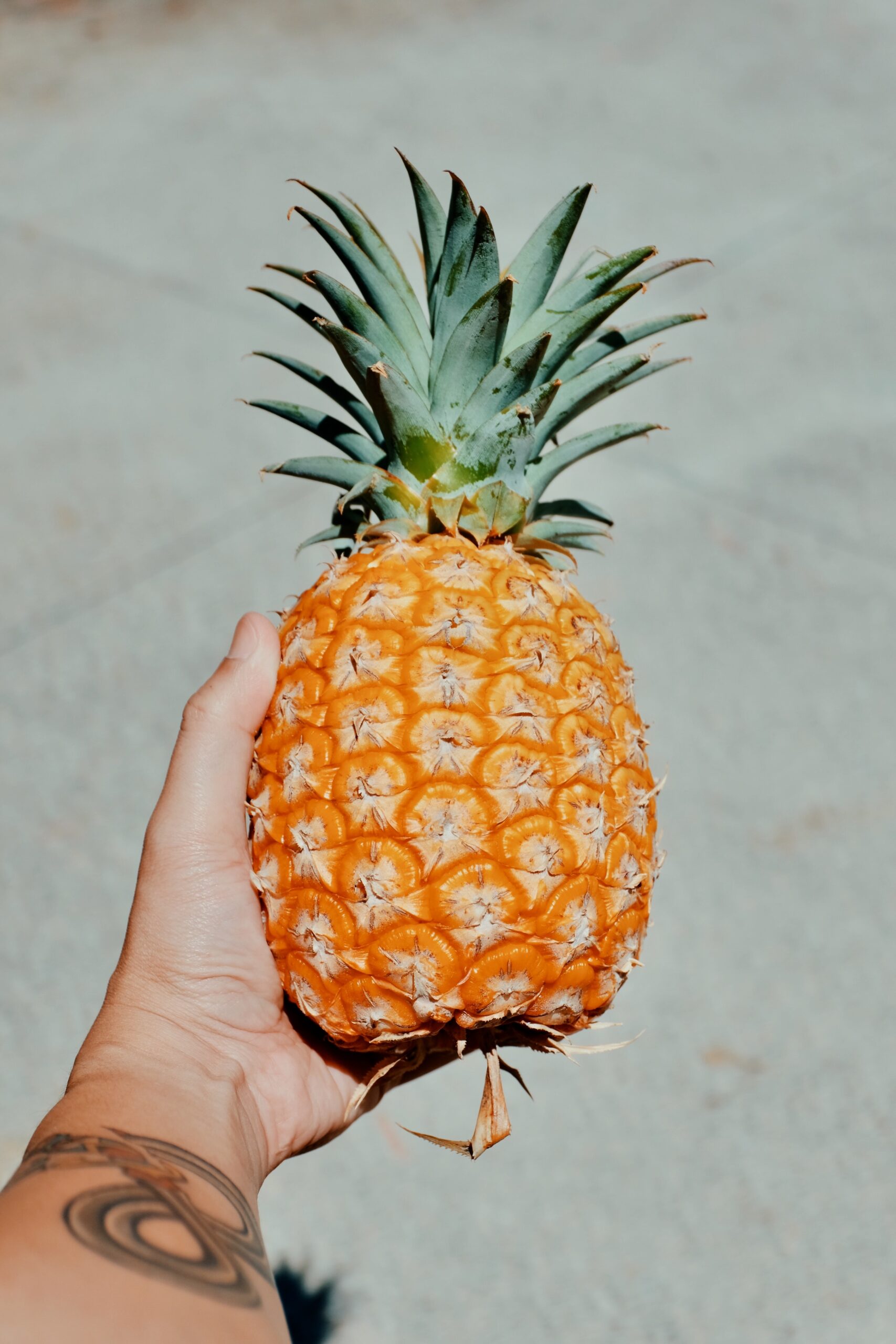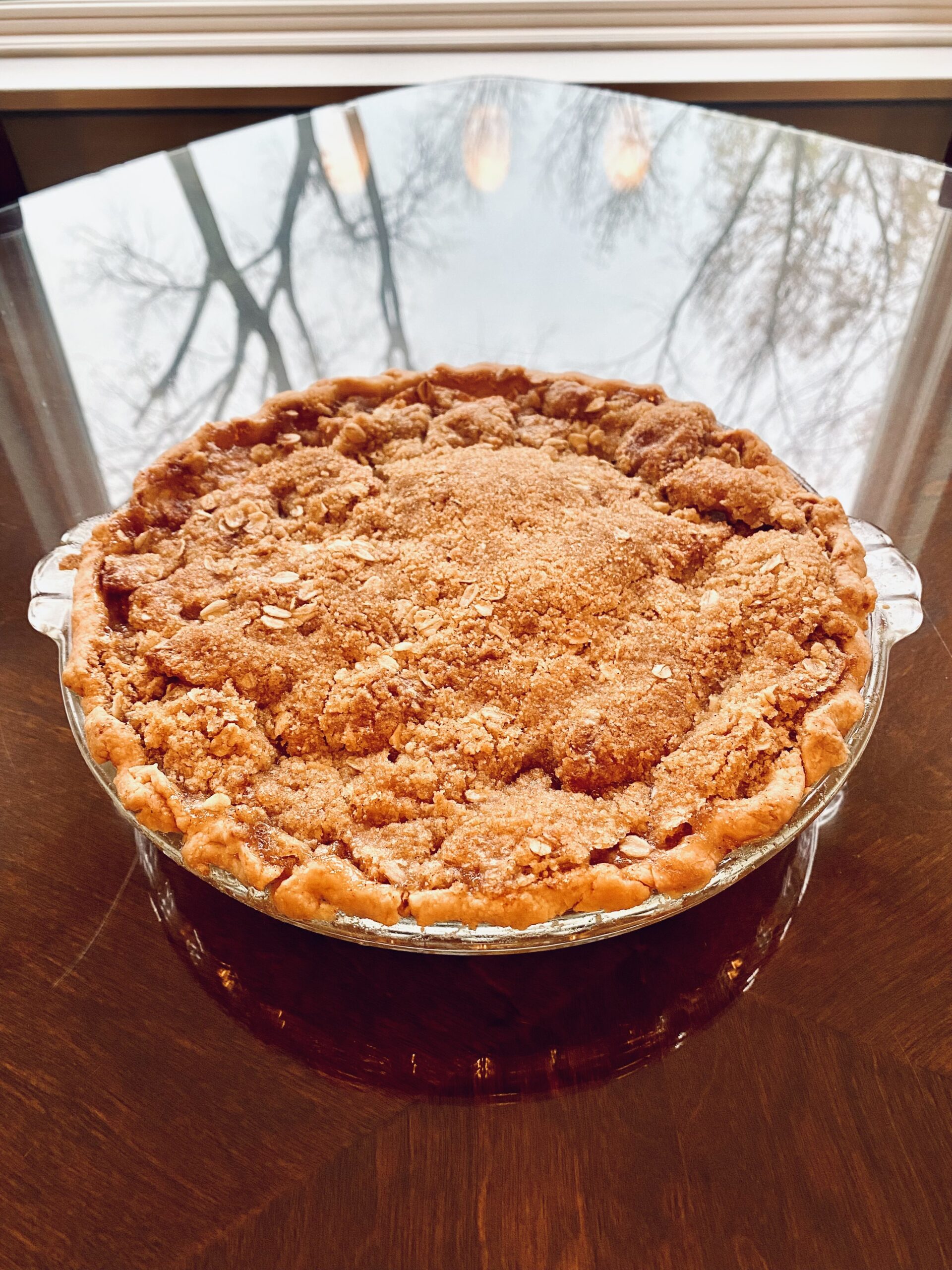
Imagine sinking your teeth into a perfectly cooked piece of meat, so tender it practically melts in your mouth, with flavors that are delicate yet intensified. This is the magic created by sous vide, a cooking technique that has taken the culinary world by storm. By sealing food in an airtight bag and cooking it in a precisely controlled water bath, sous vide transforms the taste and texture of food in ways that are simply unparalleled. Prepare to embark on a journey of culinary wonder as we explore how sous vide enchants your palate and elevates your dining experience to new heights.
How Does Sous Vide Affect The Taste And Texture Of Food?
Sous vide cooking has gained popularity in recent years for its ability to deliver exceptional taste and texture to a wide variety of foods. By cooking food at precise and consistent temperatures in a controlled environment, sous vide cooking offers several benefits that significantly impact the taste and texture of the final dish. In this article, we will explore the various ways in which sous vide cooking influences the flavor, texture, and overall culinary experience.

1. Preservation of Flavor and Nutrients
Sous vide cooking excels in preserving the natural flavors of food. By vacuum-sealing the ingredients in a bag, the flavors are retained within the food, minimizing any loss during the cooking process. The sealed environment also prevents the escape of aromatic compounds, resulting in enhanced flavors and aromas. Additionally, sous vide cooking helps to preserve the nutritional value of the ingredients as the precise temperature control ensures minimal nutrient degradation compared to traditional cooking methods.
1.1 Retention of Natural Flavors
When cooking food sous vide, the natural flavors are sealed within the food, preventing any loss of taste. This ensures that the flavors are fully infused into the dish, resulting in a more intense and enjoyable eating experience. Whether it’s a juicy steak or a flavorful vegetable medley, sous vide cooking allows the ingredients to shine through, delivering an exceptional taste.
1.2 Enhanced Flavors and Aromas
Sous vide cooking not only retains the natural flavors but also enhances them. The sealed environment ensures that the aromas and flavors are concentrated, resulting in dishes that are bursting with taste. Whether it’s the delicate aroma of herbs or the rich and complex flavors of spices, sous vide cooking allows you to experience a heightened sensory experience with every bite.
1.3 Preservation of Nutritional Value
One of the significant advantages of sous vide cooking is the preservation of the nutritional value in food. The precise temperature control ensures that the ingredients are cooked at a temperature that minimizes nutrient degradation. This means that vital vitamins, minerals, and other nutrients are preserved, providing a healthier and more nutritious meal compared to traditional cooking methods.
2. Consistent and Even Cooking
One of the main reasons why chefs and home cooks alike are drawn to sous vide cooking is its ability to provide consistent and even cooking results. The precise temperature control ensures that the food is cooked evenly, from edge to edge, resulting in perfectly cooked dishes every time.
2.1 Precise Temperature Control
Sous vide cooking relies on precise temperature control that is maintained throughout the cooking process. By cooking the food at a specific temperature, the ingredients are cooked to perfection without any risk of overcooking or undercooking. This level of control allows you to achieve the desired doneness, whether it’s a medium-rare steak or a tender piece of fish.
2.2 Reduction in Overcooking
Overcooking can easily ruin the texture and taste of food. However, with sous vide cooking, the risk of overcooking is greatly reduced. Since the food is cooked at a precise temperature, there is no danger of overcooking even if it is left in the water bath for an extended period. This means that you can confidently cook your food without worrying about it becoming dry and tough.
2.3 Achieving Desired Texture
Sous vide cooking provides unparalleled control over the texture of food. By adjusting the cooking time and temperature, you can achieve a wide range of textures, from tender and juicy to firm and flaky. Whether you prefer a melt-in-your-mouth consistency or a more toothsome texture, sous vide cooking allows you to achieve your desired result.
3. Tender and Juicy Results
One of the standout features of sous vide cooking is the ability to achieve incredibly tender and juicy results, particularly with tough cuts of meat and delicate seafood.
3.1 Effect on Tough Cuts of Meat
Tough cuts of meat, such as brisket or short ribs, can be challenging to cook to perfection. However, sous vide cooking is particularly well-suited for such cuts. The long, slow cooking process breaks down the connective tissues, resulting in meat that is incredibly tender and easy to chew. The low temperature ensures that the meat retains its moisture, resulting in a juicy and flavorful final dish.
3.2 Retention of Moisture
Moisture retention is crucial when it comes to cooking meat and poultry. With sous vide cooking, the food is cooked in a sealed bag, preventing any moisture from escaping. This means that even after prolonged cooking, the meat remains moist and succulent. The result is a juicy and flavorful piece of meat that is a delight to eat.
3.3 Delicate and Moist Seafood
Sous vide cooking is also an excellent method for cooking delicate seafood such as salmon or lobster. The precise temperature control ensures that the seafood is cooked gently, preserving its delicate texture and moistness. The result is perfectly cooked seafood that is tender, moist, and packed with flavor.
4. Enhanced Textural Attributes
In addition to flavor, sous vide cooking also has a significant impact on the texture of food. The precise temperature and controlled cooking environment contribute to improved texture, making sous vide cooking a popular choice for creating dishes with a desirable mouthfeel.
4.1 Retention of Texture
Sous vide cooking is known for its ability to retain the natural texture of food. By cooking the ingredients gently at a consistent temperature, the texture of the food remains intact, whether it’s a crunchy vegetable or a tender piece of meat. This ensures that the final dish has a pleasing mouthfeel that enhances the overall dining experience.
4.2 Improved Texture of Vegetables
Vegetables cooked using the sous vide method also benefit from improved texture. By cooking the vegetables at a precise temperature, they are cooked evenly and retain their natural crispness. This allows you to enjoy vegetables that are perfectly cooked, with a desirable texture that is not mushy or overcooked.
4.3 Tenderization of Connective Tissues
Connective tissues in meats, such as collagen, can be tough and chewy when cooked using traditional methods. However, with sous vide cooking, the long, slow cooking process gently breaks down these connective tissues, resulting in meat that is tender and easy to chew. This tenderization process is particularly beneficial for cuts of meat that are typically tougher and require a longer cooking time to become tender.

5. Reduction of Food Wastage
Sous vide cooking also contributes to the reduction of food wastage, making it an economical and sustainable cooking method.
5.1 Better Yield and Portion Control
One of the advantages of sous vide cooking is that it allows for better yield and portion control. By vacuum-sealing the food, the moisture and flavor are retained, resulting in minimal shrinkage during the cooking process. This means that you can achieve higher yields from your ingredients, reducing overall food wastage. Additionally, sous vide cooking enables precise portion control, ensuring that you only cook what you need and reducing the likelihood of leftovers going to waste.
5.2 Reduced Need for Seasonings
The precise temperature control of sous vide cooking enhances the natural flavors of the ingredients, reducing the need for excessive seasoning. With traditional cooking methods, it is common to add extra herbs, spices, and seasonings to compensate for flavor loss during cooking. However, with sous vide cooking, the flavors are sealed within the food, resulting in dishes that are delicious and flavorful without the need for excessive seasoning. This not only reduces the amount of seasoning required but also leads to a healthier and more natural-tasting final dish.
5.3 Utilization of Leftovers
Sous vide cooking also provides an excellent opportunity to repurpose and utilize leftovers effectively. Leftover proteins or vegetables can be easily transformed into new dishes by reheating them sous vide. This ensures that no food goes to waste and allows you to create exciting and delicious meals using ingredients that may have otherwise been discarded.
6. Efficient Marination Process
Marinating is an essential step in many cooking recipes as it imparts flavor and tenderness to the ingredients. Sous vide cooking offers an efficient and effective marination process, allowing you to infuse flavors quickly and evenly.
6.1 Flavor Infusion
Sous vide cooking provides a fantastic opportunity for flavor infusion. By marinating the food before cooking and sealing it in a bag, the flavors are fully absorbed into the ingredients during the cooking process. This results in dishes that are infused with intense and complex flavors, elevating the overall taste experience.
6.2 Time-saving Marination
Traditional marination can be a time-consuming process, often requiring hours or even overnight to achieve the desired flavor. However, with sous vide cooking, the marination process can be significantly reduced. The sealed environment allows the flavors to penetrate the ingredients rapidly, reducing marination time while still delivering exceptional taste and tenderness.

7. Development of New Culinary Possibilities
Sous vide cooking opens up a world of culinary possibilities, allowing chefs and home cooks to explore new ingredients, flavor combinations, and cooking techniques.
7.1 Versatility in Ingredients
Sous vide cooking is incredibly versatile when it comes to ingredients. From proteins like chicken, beef, or fish to vegetables and even fruits, sous vide can enhance the taste and texture of various ingredients. This versatility enables you to experiment with different flavors and combinations, creating unique and innovative dishes that were previously unattainable.
7.2 Creative Flavor Combinations
With precise temperature control and the ability to infuse flavors, sous vide cooking encourages the exploration of creative flavor combinations. By combining ingredients that complement each other, you can create complex and harmonious dishes that tantalize the taste buds. The controlled cooking environment also allows you to experiment with different flavor profiles and intensities, resulting in a diverse range of culinary creations.
7.3 Different Techniques and Styles
Sous vide cooking opens the door to various cooking techniques and styles. Whether it’s slow cooking tough cuts of meat to achieve tenderness or flash-cooking delicate seafood for a perfect sear, sous vide allows for precise execution of different cooking methods. This flexibility enables chefs and home cooks to experiment with different techniques and styles, creating dishes that are unique and exciting.
8. Control over Food Safety
Food safety is a significant concern in the culinary world. Sous vide cooking offers several advantages in terms of food safety, ensuring that your food is cooked to the proper temperature and pathogens are effectively eliminated.
8.1 Pasteurization and Pathogen Elimination
Sous vide cooking involves cooking food at controlled temperatures that are high enough to kill bacteria and other pathogens. By cooking the food in a sealed bag for an extended period, the ingredients are pasteurized, ensuring that harmful microorganisms are effectively eliminated. This provides an extra level of food safety, particularly when cooking proteins like chicken or eggs, where proper cooking is crucial to prevent foodborne illnesses.
8.2 Enhanced Food Preservation
The combination of vacuum-sealing and precise temperature control in sous vide cooking also contributes to enhanced food preservation. By removing air and sealing the food in a bag, the risk of bacteria growth and spoilage is significantly reduced. This allows for longer shelf life and extends the period in which the food remains fresh, reducing food wastage and ensuring that you can enjoy your ingredients for longer.
8.3 Minimized Risk of Food Contamination
Sous vide cooking minimizes the risk of food contamination compared to traditional cooking methods. Since the food is cooked in a sealed bag, there is minimal contact with the cooking environment, reducing the likelihood of cross-contamination. This provides peace of mind, particularly when cooking for individuals with dietary restrictions or allergies.

10. Influence of Sous Vide on Culinary Trends
Sous vide cooking has had a significant influence on culinary trends, revolutionizing the way both professional chefs and home cooks approach cooking.
10.1 Growing Popularity among Chefs
Sous vide cooking has gained popularity among professional chefs across the globe. The precise control, enhanced flavors, and consistent results offered by this cooking method have made it an indispensable tool in many restaurant kitchens. Chefs appreciate the ability to achieve perfect cooking results every time, ensuring that their dishes are consistently delicious.
10.2 Adoption in Home Cooking
Sous vide cooking is no longer limited to professional kitchens; it has also found its way into home cooking. With the introduction of affordable sous vide machines and immersion circulators, home cooks can now enjoy the benefits of this cooking technique in their own kitchens. Sous vide cooking provides an opportunity for home cooks to elevate their culinary skills and create restaurant-quality dishes in the comfort of their homes.
10.3 Incorporation in Professional Kitchens
The impact of sous vide cooking extends beyond taste and texture; it has also influenced the planning and design of modern professional kitchens. The introduction of water baths or sous vide machines in restaurant kitchens has changed the landscape of culinary operations. Chefs now incorporate sous vide cooking into their menu planning, allowing for greater efficiency and consistency in their dishes.
In conclusion, sous vide cooking has revolutionized the culinary world by offering exceptional taste and texture in a wide range of foods. From enhanced flavors and textures to efficient marination and controlled food safety, sous vide cooking provides numerous advantages that appeal to both professional chefs and home cooks. With its growing popularity and wide range of applications, sous vide cooking is sure to continue making a significant impact on culinary trends for years to come.



